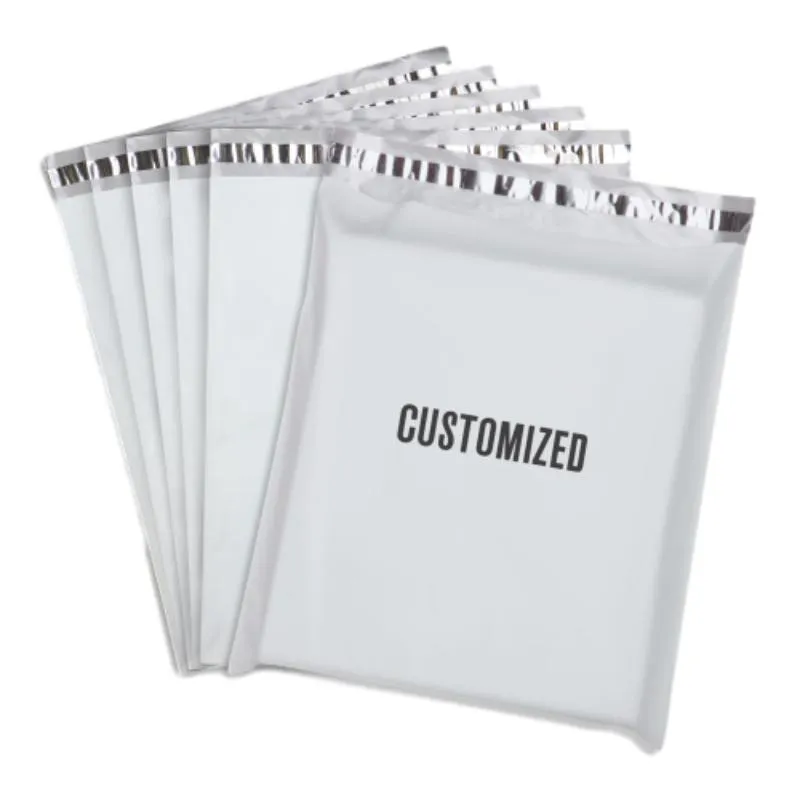Understanding Stretch and Shrink Wrap Films for Packaging and Protection
The Versatility of Stretch and Shrink Film A Packaging Solution for Every Need
In a world where efficiency and protection are paramount, stretch and shrink film have emerged as essential tools in the packaging industry. These films serve multiple purposes, catering to a variety of sectors, including logistics, retail, and manufacturing. Their ability to securely wrap and safeguard products makes them invaluable for businesses aiming to enhance their packaging solutions.
What Are Stretch and Shrink Films?
Stretch film, often referred to as stretch wrap, is made from linear low-density polyethylene (LLDPE) or cast polypropylene (CPP). It is designed to stretch and cling to items as it is wrapped around them, ensuring a tight and secure fit. This film is primarily used for pallet wrapping, bundling products, and providing stability during transportation.
On the other hand, shrink film is a type of polymer plastic film that shrinks tightly over whatever it is covering when heat is applied. The most common types of shrink films include polyethylene, polyvinyl chloride (PVC), and polypropylene (PP). Shrink film is frequently used for packaging individual products, group packaging, and even food packaging, thanks to its ability to provide a tamper-evident seal.
Applications in Various Industries
One of the most significant advantages of stretch and shrink film is their versatility. In the logistics sector, stretch film is widely used to protect goods during shipment. By securing products to pallets, stretch wrap prevents shifting and reduces the risk of damage during transit. Additionally, the transparent nature of stretch film allows for easy identification of packaged goods without the need to unpack them.
In the retail industry, shrink film plays a crucial role in enhancing product visibility and appeal. Products wrapped in shrink film often look more polished and professional, attracting customers' attention. This is particularly important for multi-pack items, as shrink film can hold them together while providing a sleek appearance.
stretch shrink film

Moreover, the food industry greatly benefits from shrink film. It provides a barrier against moisture, oxygen, and contaminants, extending the shelf life of perishable goods. Shrink-wrapped products are also visually appealing, making them more enticing to customers. The use of shrink film for food items not only protects the product but also communicates freshness and quality to consumers.
Environmental Considerations
As sustainability becomes a more pressing concern, the packaging industry is adapting to meet consumer and regulatory demands for environmentally-friendly solutions. Many manufacturers are now producing stretch and shrink films from recycled materials or offering biodegradable options. These innovations aim to reduce the environmental impact of plastic packaging while still providing the durability and effectiveness that businesses require.
Another approach to enhancing sustainability involves using minimal amounts of film without compromising on protection. By employing stretch films with high tensile strength, businesses can secure products effectively while using less material overall.
Conclusion
Stretch and shrink films represent a crucial aspect of modern packaging solutions, offering a blend of protection, efficiency, and visual enhancement. Their applications across various industries underscore their versatility, catering to the needs of logistics, retail, and food sectors alike. As the demand for sustainable packaging solutions continues to rise, innovations in stretch and shrink films are likely to evolve, making them even more efficient and environmentally friendly.
In an ever-changing market, the importance of reliable packaging solutions cannot be overstated. Businesses looking to optimize their packaging processes would do well to consider the many benefits that stretch and shrink films provide. From enhancing product safety during shipping to improving retail presentation and promoting sustainability, these films are undeniably a vital component of the packaging landscape.
-
The Best Uses for Small Trash Bags in Daily LifeNewsJul.01,2025
-
Stylish Reusable Grocery Bags TrendsNewsJul.01,2025
-
Shipping Advantages of Using Bubble Envelopes BulkNewsJul.01,2025
-
How Compostable Mailing Bags Reduce Environmental ImpactNewsJul.01,2025
-
Environmentally - Friendly Bulk Poly MailersNewsJul.01,2025
-
Eco Friendly Custom Laminated Tote BagsNewsJul.01,2025
-
Have the freedom of customizing your custom mailers any way you want! Our dedicated packaging support will help deliver you the mailing experience you need to elevate your shipping experience to the next level! Start making a strong impression on your customers and stand out from your competitors! -
LIYA uses high quality raw materials which directly purchased from large enterprises domestic and overseas such as PetroChina, Sinopec, Sabic, Equate, ExxonMobil, Dow Chemical, Total, and Borouge, ensuring the price advantage and quality of the raw materials. -
LIYA uses high quality raw materials which directly purchased from large enterprises domestic and overseas such as PetroChina, Sinopec, Sabic, Equate, ExxonMobil, Dow Chemical, Total, and Borouge, ensuring the price advantage and quality of the raw materials.





